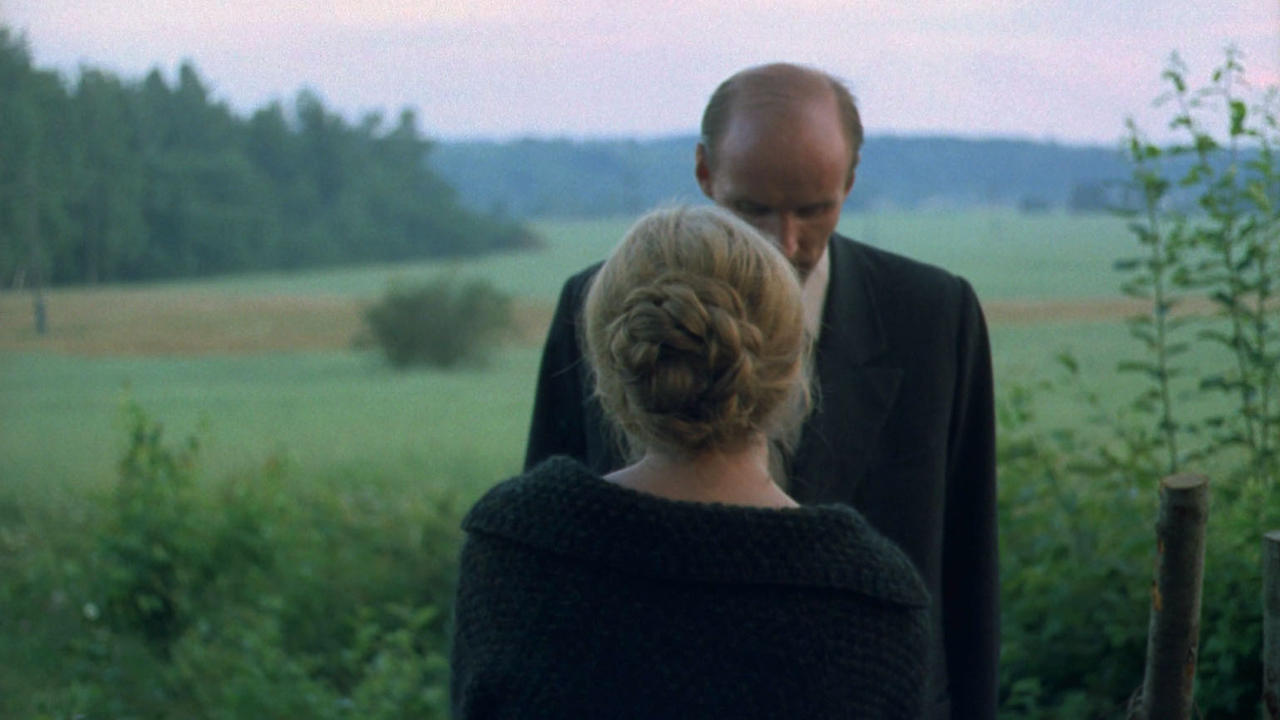
A hypnotic atmosphere is a challenging task for a filmmaker to achieve. One must have a vision and a truly unique style of filmmaking to have the audience intrigued and have them lose themselves in awe while watching a movie. Most of these movies are dark, eerie and ominous while maintaining an irresistible charm that keeps the viewer captivated. Sort of like a succubus.
Nonlinear plots, allegories, and surreal imagery are a must in these kinds of films, creating a different realm to get lost in while encouraging a lot of discussion with their ambiguity.
Nothing and everything shown should be taken for granted as everyone can have their own theories and different meanings for what they experience and that’s the quintessence of cinema. If it makes the audience feel and think is has fulfilled its purpose.
15. Dreams (1990)
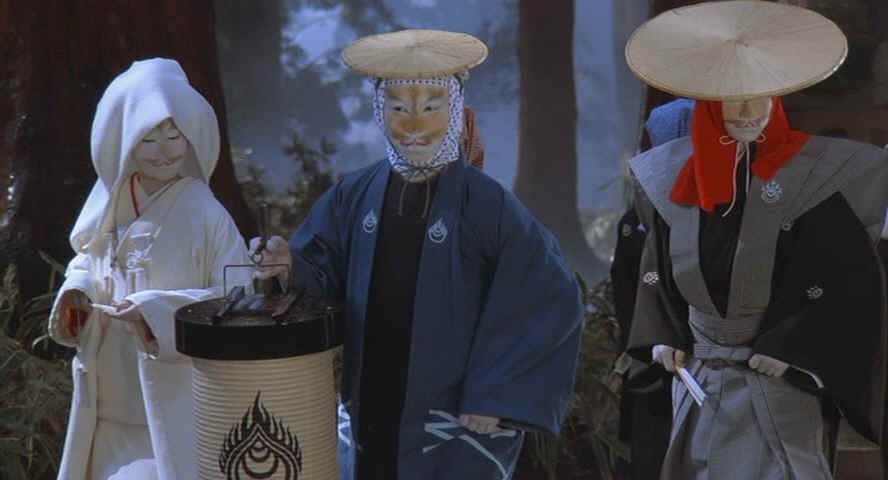
According to master director Akira Kurosawa, the making of the movie ”Dreams” was a lifelong goal. It is a personal movie, and like “Ran” (1985) and “Kagemusha” (1980), it incorporates his own paintings and dreams into actual images. Kurosawa even made an exact replica of his childhood home in a section of the film. It is a movie that vaguely unravels Kurosawa’s psyche.
The familiar themes of his movies, like samurais, battles, ordinary life struggles and really complex narratives are replaced by serene imagery, Japanese tradition and folklore, and urban legends accompanied by a wonderful soundtrack.
The movie is an anthology of eight different short stories tackling themes of spirituality, life and death, and nature all presented masterfully by Kurosawa’s unparalleled aesthetic taste. Creatures from Japanese mythology and folklore like kitsune (fox), oni (demons) and yuki onna (snow woman) appear in the stories as manifestations of human emotions.
The most interesting aspect of the movie is the fact that every short story has a literal and a metaphorical side, blending realism with surrealism in the blink of an eye, blurring the boundaries of reality and the dream world.
“Dreams” is a masterpiece of aesthetic and visuals. The vivid color palette used for the cinematography is hypnotic and the strange imagery makes the experience even more enticing to get lost within. Some of the Japanese legends and folklore addressed in the movie can be difficult for Western audiences to understand, but the point of the movie lies elsewhere.
The fact that one cannot fully comprehend what he sees or why it is happening it is all part of the greater experience, as the movie doesn’t always have to make sense. Like most of our dreams. It is a lucid dream disguised as a movie, sometimes scary, sometimes nonsensical, but immensely beautiful and hypnotic.
14. Southwest (2011)
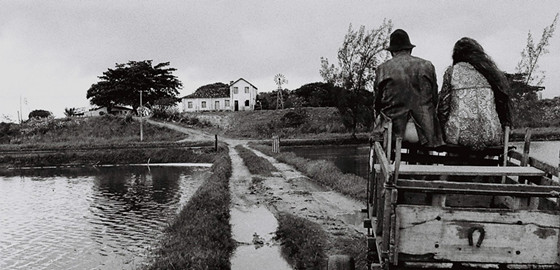
This Brazilian movie is not just another arthouse film made for a small audience in film festivals. It is a prime example of an well-hidden gem of international cinema that has an actual purpose. It was written and directed by Eduardo Nunes in a small Brazilian village on a tight budget, yet it manages something extraordinary.
The plot revolves around the birth and coming-of-age of a girl named Clarisse as she struggles to grasp what is real and what is not in a small coastal Brazilian village. Everything starts when a mysterious woman, thought to be a witch, arrives at the village and manages to treat a dying pregnant woman. The woman eventually dies despite the witch’s efforts, but her child, Clarisse, survives.
The movie is beautifully shot on a 35mm camera, giving a wider perspective and is also shot in black and white. The pacing is really slow, the dialogue almost nonexistent as Clarisse explores the world around her. The only fast aspect of the movie is its timeline, as Clarisse grows from an infant to an old woman in a matter of hours. Maybe the slow pacing along with the quick aging of the protagonist is an allegory about time, about fear of aging. Maybe not.
The different interpretations of the often bizarre images, the disoriented timeline, and its strong images is what makes the movie special.
It is not an easy movie to digest but like most movies of its kind, it provides a sweet satisfaction when you come up with your own interpretation.
Nunes draws heavily from a master of the craft, Bela Tarr, in many aspects. The use of a wide lens, the minimal dialogue, the heavy emphasis on the framing, the really slow pacing, the imposing black and white and attention to detail. Yet it manages to be original and not pretentious art just for the sake of it. The use of natural lighting, the howling wind, the vastness of the sea (maybe symbolizing eternity, maybe nothing at all), they all compose a film with a poetic and sincere hypnotic atmosphere that needs to be seen to be fully appreciated.
13. Jacob’s Ladder (1990)
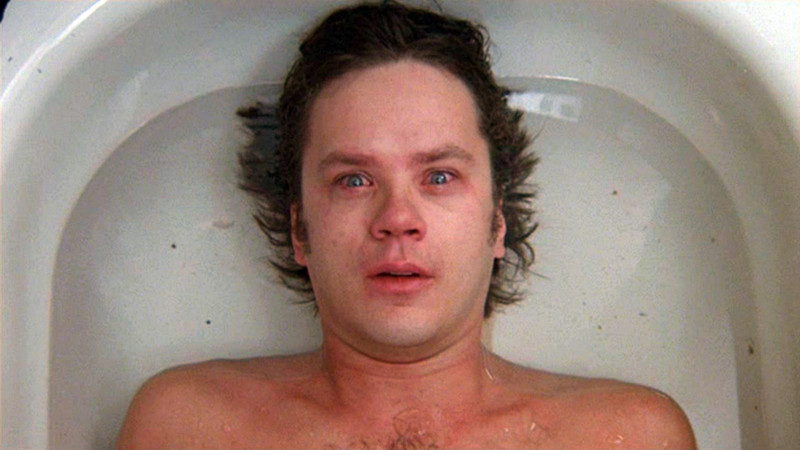
One would usually find this overlooked piece of art in an “underground thrillers” list, and it undoubtedly belongs there as well. But, as with all great films, there are multiple sides to this one.
So, join Jacob Singer as his life goes to pieces. Jacob is divorced, a Vietnam veteran, and currently a postman. Or is he not? He has two kids, his favorite third son having passed away due to his father’s negligence. Or did he?
The thing about this movie, apart from the obvious horror it procures, is the general confusion the viewer is bombarded with. And that is why it can very well be described as hypnotic. The viewers are taken on a rollercoaster of flashbacks – which may also be just fantasies of a deranged mind – and hallucinations. They run by Jacob’s side as he is being chased by creepy faceless creatures; they stroll around the streets and the subway of a forlorn New York City.
It seems like the world where Jacob lives in is always under a thick cloud of yellow dust, and everywhere he goes there is someone to confuse him as to what is real, let alone the monsters that pop out of every corner. Finally, we witness the protagonist’s descent to hell – or to the hospital’s emergency ward – and the heartbreaking realization of his state.
This is a film that has a really deep, heavy meaning, and equally deep is the well the viewers’ conscience falls into; behold the film’s astounding success. Though criminally overlooked in the past, it has managed to resurface, like any true masterpiece, and nowadays more and more people get to fall prey to the hypnotic, nightmarish web of the film, light-headed and excited, feeling everything that’s happening quite vividly.
12. The Spirit of the Beehive (1973)
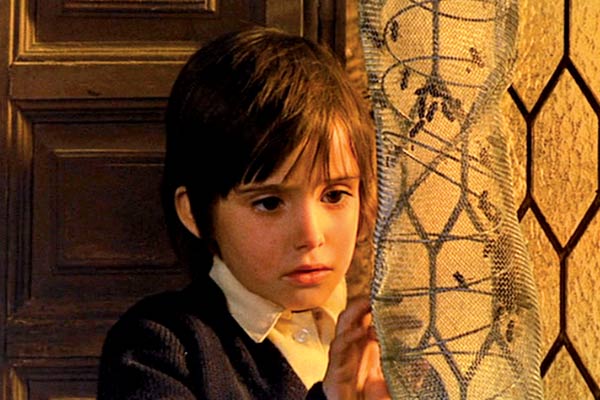
This movie is one the most defining moments of Spanish cinema and for good reason. It is metaphorical piece of art offering insight into the psyche of children living through horrendous experiences like civil war and poverty. Still, the movie follows a completely different path than other films tackling war. It wonderfully blends fantasy, brutal realism, and childlike innocence without shocking violence, preaching about good and evil, and propaganda forced into the film.
Everything is seen through the eyes of a sensitive seven-year-old girl named Ana, who watched James Whale’s “Frankenstein” (1931) in a traveling movie theater passing through her small village in rural Spain in 1940. The girl is scarred by the movie and starts to look for the monster in real life with her sister.
The performance of Ana Torrent in the role of Ana is simply unreal. It is one of the most pure and realistic depictions of children in film, along with “Grave of the Fireflies” (1988). The director claimed that Torrent, who at that time was six years old, was convinced that Frankenstein’s monster really existed, making the performance all the more genuine. The collaboration between director Victor Erice and cinematographer Luis Cuadrado is one for the ages.
The direction is subtle, magical and hypnotic as the viewer watches Ana looking for the “monster,” learning little by little about the world. The cinematography by Cuadrado, who was going blind during film’s production, is just surreal, with pale colors enriching the bucolic landscape and Ana’s curiosity as she discovers the world.
It is an insightful commentary about the innocence of children during violent times as they try to comprehend war and death. A prime example is Ana’s encounter with the fugitive. It brings out memories of childhood where everything was an adventure, despite the fact that everyone grew up under different circumstances. It is a truly sensitive, touching film, a conglomeration of emotions, history and everyday life set in turbulent times.
It is a love letter to cinema itself, its magic and surreal world where one can get lost into.
Also, it is arguably the main inspiration for another marvel of cinema: Guillermo del Toro’s “Pan’s Labyrinth” (2006). There are a lot of great movies dealing with the Spanish Civil War, a common theme in Spanish cinema, but a few that magical and impactful as “The Spirit of the Beehive.”
11. Eraserhead (1977)
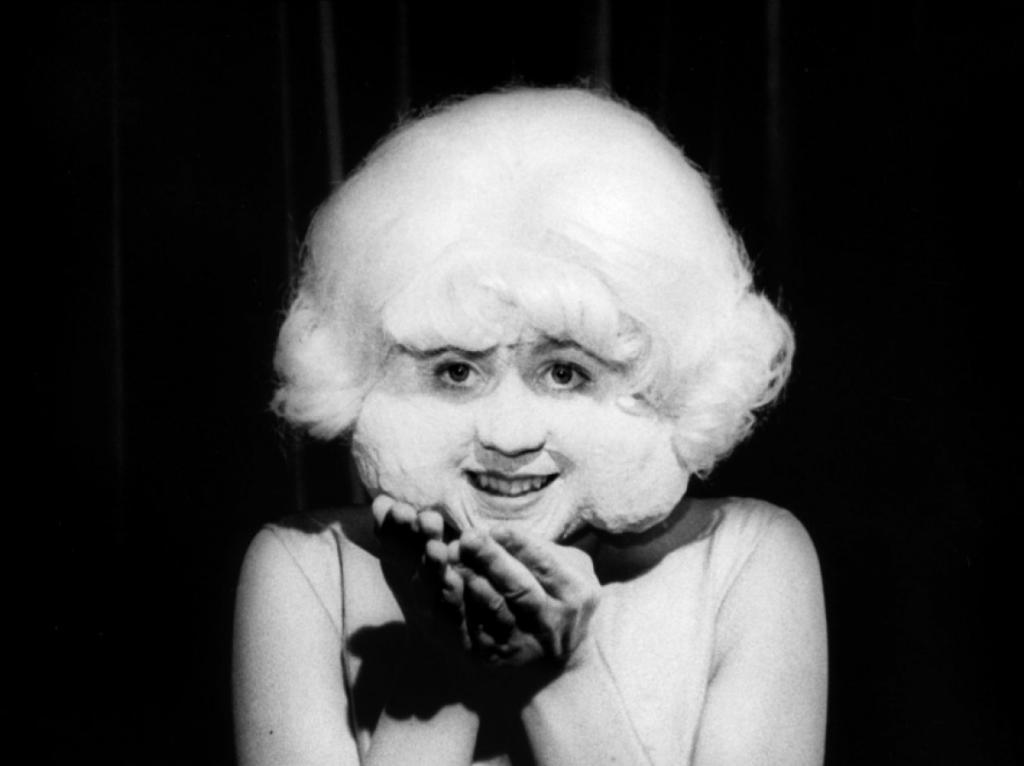
A list about hypnotic movies would be incomplete and truly poor without mentioning David Lynch and his contribution to cinema history. “Eraserhead” is his first full length movie and was produced on a ridiculously tight budget.
It is the story of Henry, a man struggling with his cohabitation with his girlfriend and their newborn baby. The fact is that the baby is an actual deformed monstrosity crying day and night, driving Henry, his girlfriend and the audience (that’s for sure) on the brink of insanity.
Images drawn from the blackest pits of human psyche, a bleak industrial environment, a claustrophobic house, a deformed overgrown fetus crying like an actual baby, and a really creepy woman singing about death. This movie is the stuff of nightmares!
Strangely, its sickening atmosphere sucks in the viewer and never lets go. The metaphors are visible throughout. Fear of commitment and parenthood, one’s inability to deal with stressful situations, apathy, just to name a few. But in typical David Lynch fashion, none of the above were confirmed by him, leaving the audience to decide for themselves what the movie is about. Lynch has only mentioned that it was inspired by his own experiences living in Philadelphia and his own fear of fatherhood.
Still, the fact that makes this film so intriguing and utterly hypnotic is its execution. Everything is shot in black and white, with high contrast cinematography and an eerie ambient soundtrack.
Some aspects the film are reminiscent of the works of Franz Kafka, H.R. Giger and other surrealists. Still, it retails its uniqueness, originality and relevance after all these years and has been a staple for horror cinema since its release. It has influenced other experimental films like Elias Merhige’s “Begotten” (1990), and most importantly, it set the tone for Lynch’s style-making landmark movies like “Mulholland Drive” (2001) and “Lost Highway” (1997).
10. Enemy (2013)
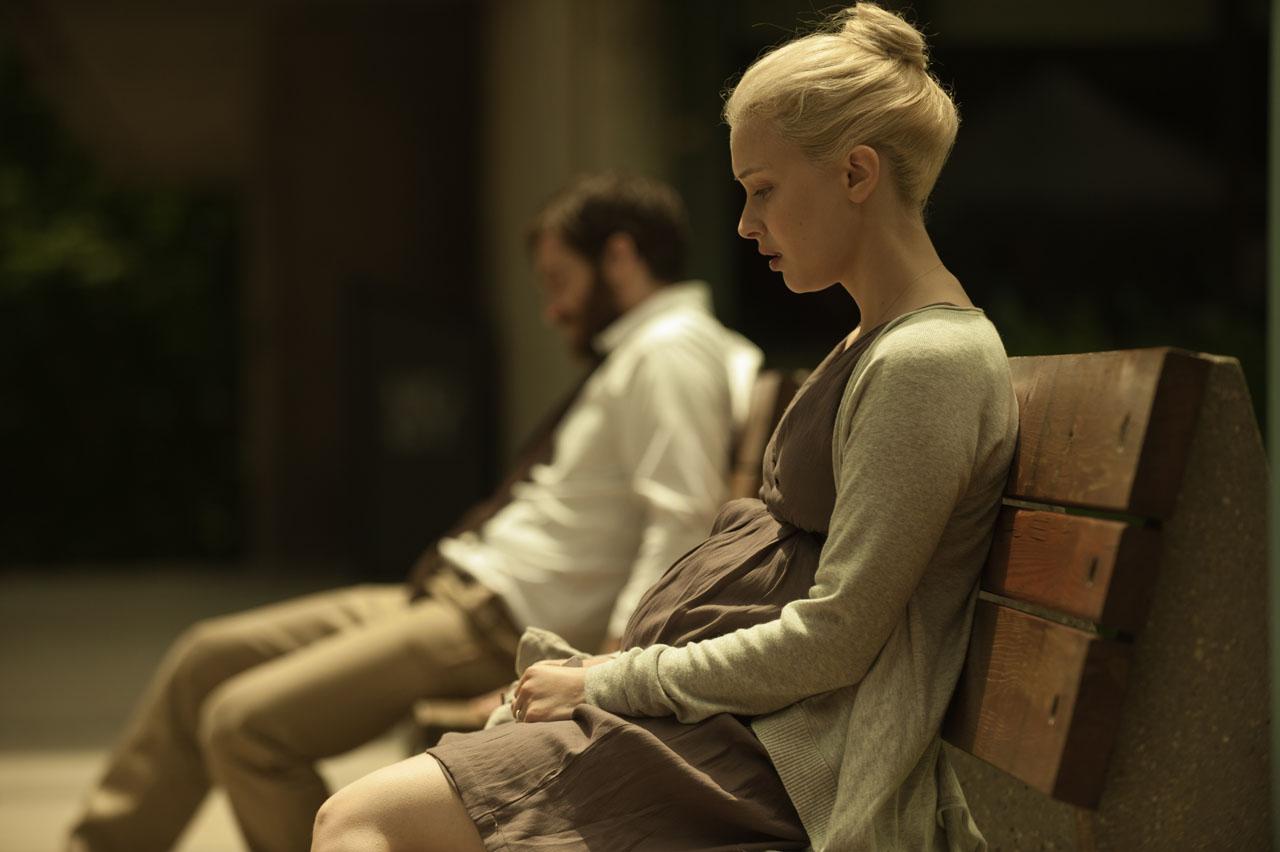
Denis Villeneuve has made quite a name for himself in recent years. “Incendies” (2010), “Prisoners” (2013), “Arrival” (2016), and most recently “Blade Runner 2049” (2017) are prime examples of his visionary and insightful look of modern cinema. He is a true auteur, making each one of his movies something more than entertainment.
But his crowning achievement, and probably his most underappreciated work, is his adaptation of the Jose Saramago book “The Double,” named simply ”Enemy.”
The movie as a whole is a sight to behold. Wondrous and smartly directed, it’s faithful to the source material, with the script straying whenever it sees fit, and features a bone-chilling performance by Jake Gyllenhaal and a rapturous atmosphere.
The protagonist, named Adam, is a lonely history teacher who one day discovers an actor who looks exactly the same as himself. Assuming he is a doppelganger, he starts to stalk him in hope of finding more about him. But is he an actual doppelganger? Is he even real?
The plot is already intriguing, weaving a mystery that blends psychological horror, paranoia and a general sense of uneasiness. But when combined with the hypnotic atmosphere, the washed out sepia color and surreal imagery, the plot evolves into something else.
It becomes a nightmare, as the protagonist becomes more and more unstable, having visions of giant spiders, seeing things that are not there. Everything become entangled even more when he finally meets his doppelganger, leading to one of the most unexpected and mind-blowing endings in recent memory.
This is one of those movies that never let go ‘til the final credits roll, never giving you a chance to catch your breath. It makes the viewer wonder if what he sees is real and if Adam is actually insane and consumed by paranoia. It also intercalates some social commentary about losing one’s identity in a chaotic city, the fear of commitment, the fear of loving and being loved, and a twisted desire to become someone else.
The movie is an absolute must for lovers of the mystery/thriller genre, and those who love being puzzled by a movie, craving more mind-boggling clues and plot points to construct their own theory. Still, while not light-hearted, it is a blast to watch, and by the end of it you can’t help but wonder how quickly those 90 minutes have passed. It is that intriguing!
9. Coherence (2013)
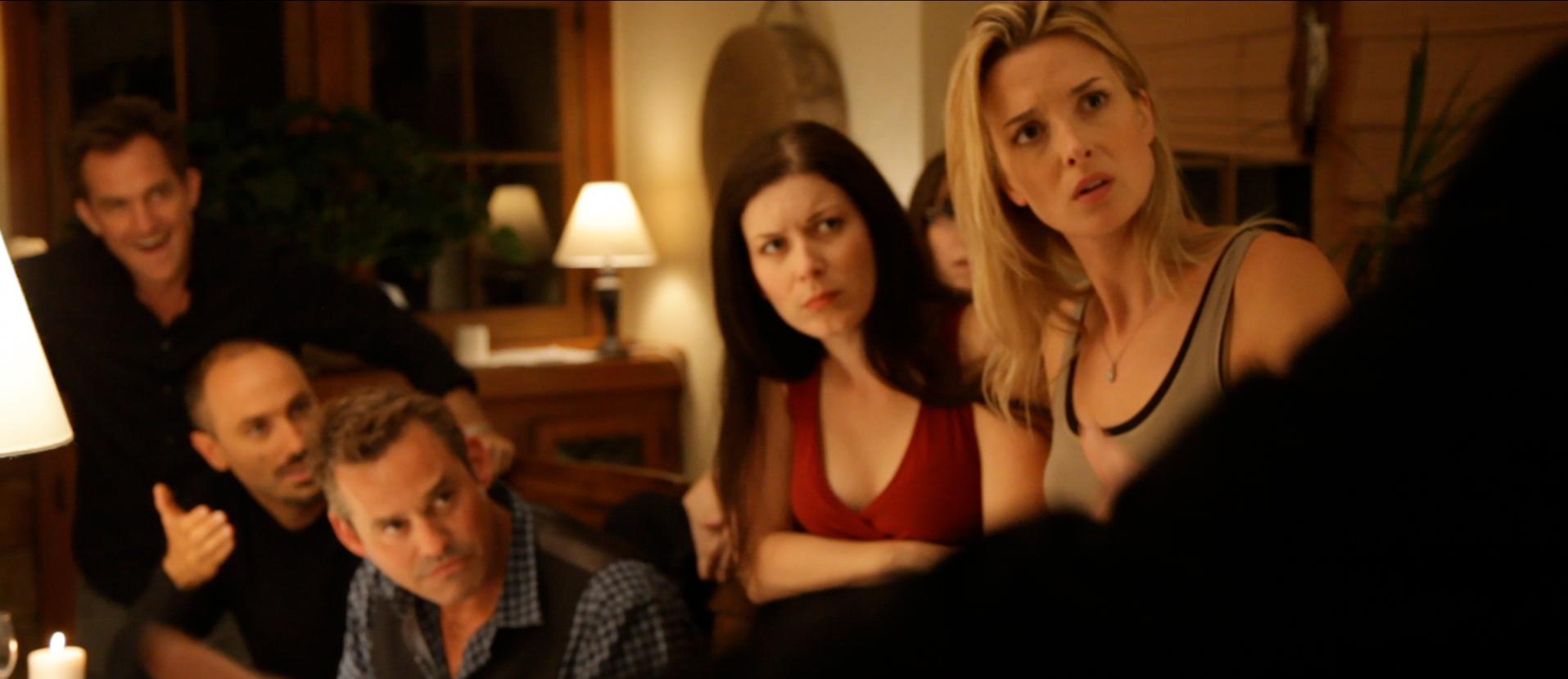
On the surface, one wouldn’t immediately get why a movie like “Coherence” could ever belong on a hypnotic movies list, seeing as it seems like an everyday classic thriller. And that is what this film looks like, for the first half hour, while we follow a group of friends having a nice dinner party, when they begin getting harassed by unseen creatures. Pretty basic, no?
Well, appearances are deceptive, since on this lovely night of the dinner party, a comet is passing over Earth, creating phenomena of quantum coherence. Forget scientific accuracy, and just allow yourself to get swept by the suspenseful narrative, while our group of friends strive to understand what is happening and survive. This film allows us a sneak peek into the different possible realities that life could have been, should any small decision be different.
The amateur-like camera gives a feeling of looking through a keyhole, peeping at others’ lives, much like a found footage film, and, together with the unstudied, naturalistic air of the actors’ performances, creates a very realistic view.
Moreover, the sudden frame changes and the continuous light and shadow swapping produce a dizzying feeling, sort of like going down a spiral staircase, while the plot thickens and the different realities collapse onto each other, leaving us breathless and terrified, and giving the film its hypnotic character. Oh, and if you thought that glow sticks are meant for partying, think again, because this movie is out to change it all.